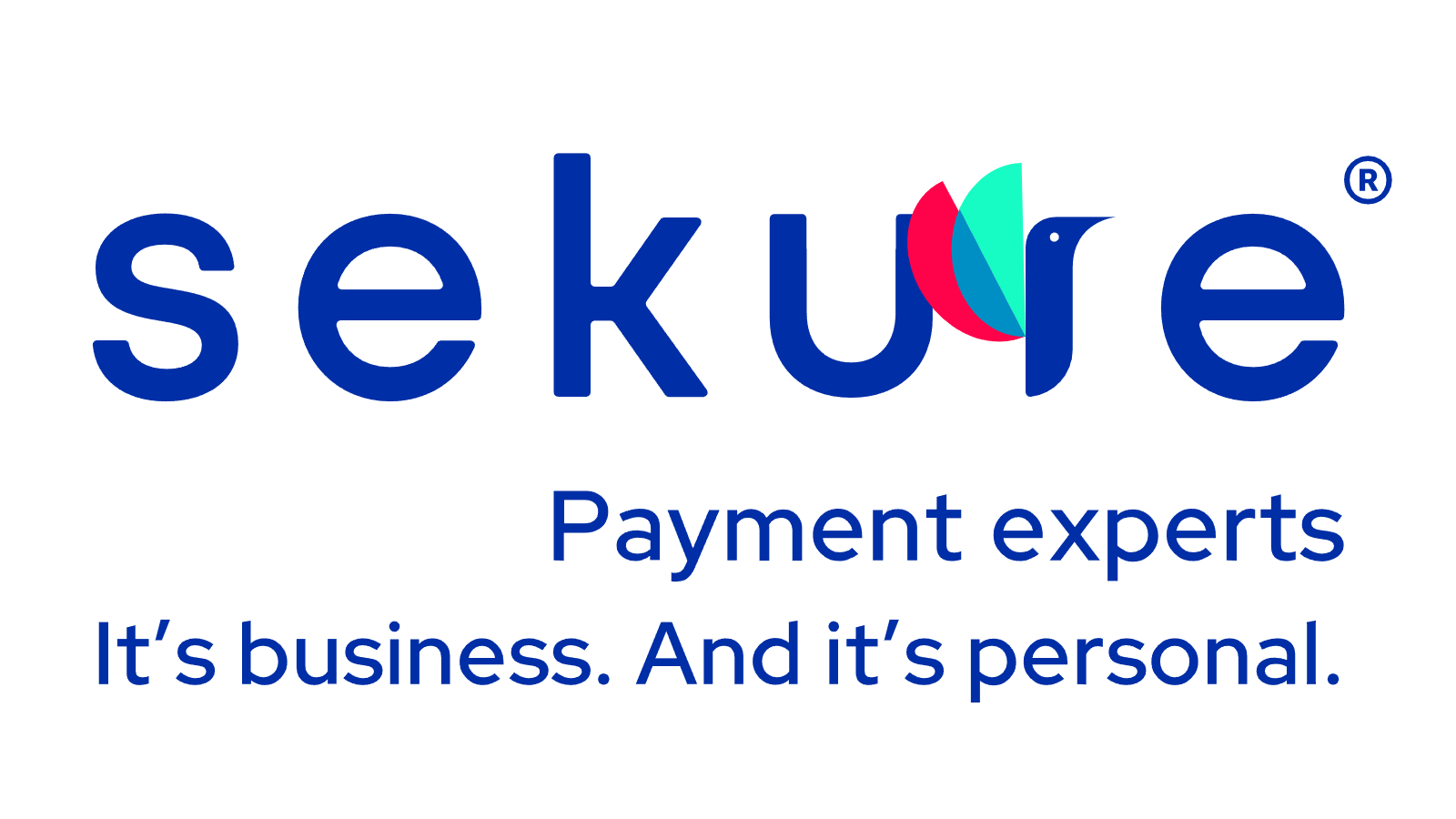The top healthcare trends for 2023

Over the last few years, the global healthcare system has been greatly impacted in every facet. From acquiring medical supplies to staffing and leveraging technology, to understanding how to serve patients during a worldwide outbreak better. The healthcare industry has been forced to find solutions and, in doing so, uncovered fundamental shifts in healthcare services, including healthcare payment processing solutions. We looked at numerous reports and compiled this list of trends to watch out for when you are future-proofing your medical practice and looking into healthcare POS solutions for 2023.

AI-powered healthcare solutions
Advances in artificial intelligence (AI) are making it easier for clinicians to interpret data, personalize the medical experience and automate healthcare operations.
More healthcare organizations are investing in merchant processing technology in order to adapt their practices to meet both consumer and healthcare practitioner expectations. Technology is helping practitioners to meet patients where they are through telemedicine and virtual visits.
AI-powered medical solutions also help to reduce workloads that are even heavier than they were during the pandemic as a result of clinician burnout and the exodus of staff out of the medical field. Technology allows more clinicians to work remotely, and automation lessens their administrative burdens as well.

Increased usage of telehealth
In a post-pandemic world, the healthcare system moves faster toward technological innovation. New technology is quickly being put in place to empower clinicians to work smarter and better engage with patients.
In McKinsey’s article, “Virtual Health: A Look at the Next Frontier of Care Delivery,” the authors observe that advances in cloud computing have led to wider spread adoption of remote care. Clinicians can treat patients virtually and easily access patient electronic health records (EHRs) virtually.
The increased use of telemedicine is allowing clinicians to provide equitable access to surgical care. Researchers from the Brigham and Women’s Hospital conducted a study over the course of four months in 2020 to determine how “underrepresented surgical patients used telehealth during the COVID-19 pandemic,” they found that, “telemedicine increased access to surgical care among racial and ethnic minorities.” The hope is to continue to reduce the barriers to care for all patients.

Personal and prioritized healthcare
More people are using their medical records to make care-related decisions, using fitness trackers to monitor their health, and ordering prescriptions online. People are also more likely to seek care from a trusted clinician and opt for a virtual visit than ever before. In addition, patients are able to control their own medical data and information and are empowered to manage and monitor their health.
These factors are contributing to a shift from “healthcare to health and well-being, more resources are being allocated from the end of the healthcare value chain to the beginning. There will be a greater focus on promoting healthy lifestyles, and wellness; on primary and secondary prevention; and on early diagnosis” (Deloitte Insights 2021, pp 5-6). Now, medical and governmental agencies are working to address disparities and make healthcare costs more transparent and accessible for low-income groups and communities. Part of the solution rests in health care organizations - both public and private, in developing partnerships to serve these communities better and working through an equity lens/framework.

Strengthening medical supply chains
Collaborations across the healthcare landscape are essential. Global collaboration has always been pivotal in pushing the medical sciences forward through the sharing of scientific knowledge and the publication of their discoveries.
Now, the future of medicine and indeed the ability of the global medical communities to treat patients in future global pandemics depends on strengthening the medical supply chains and ensuring adequate medical supply remains in stock. Improving communication and eliminating barriers between vendors and distributors is instrumental in maintaining sufficient supply levels. Healthcare providers will benefit from forming partnerships with health or non-health-related companies, by “leveraging data analytics to improve health education, prevention, and treatment” (Deloitte Insights 2021, p 24).

Healthcare payment services
In the coming years, healthcare services will make significant strides toward a more equitable, fast, and reliable system. The business side of health care is due to undergo some necessary changes as well. With Sekure, you can find healthcare payment services that are specifically designed for your healthcare organization and easily integrates with EMR/EHR software. Update outdated equipment, simplify your practice management, and improve patient experience, all for free.
Stop letting cost be a deterrent and save money now with Sekure. Your healthcare Payment Expert is ready to answer any questions you have.
Categories













